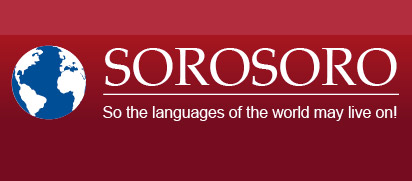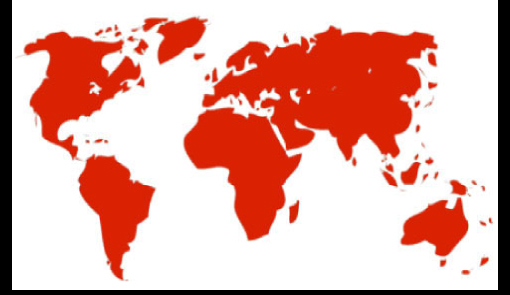Print  |
|

Tungusic Languages
Information about the Tungusic languages
Where are the Tungusic languages spoken?
These languages are spoken in Siberia, Mongolia and China in the region of Manchuria.
Total number of speakers (estimated):
71 000 according to ethnologue.com (SIL)
67 000 according to the Tungusic Research Group at Dartmouth College (Dar):
http://www.dartmouth.edu/ ~ trg / endangered.html
Classification
The Tungus language family has twelve languages.
North Branch
Evenki: 27 615 speakers according to SIL and 9 000 according to Dar
Oroqen: 1 200 people according to SIL and 2 240 according to Dar
Negidal: 150 speakers according to SIL and less than 100 according to Dar
Even: 7 170 speakers according to SIL and 7 000 according to Dar
Solon: 17 000 speakers according to Dar
South Branch
Southeast Group
Nanai: 3 900 speakers according to SIL and 5 000 according to Dar
Kile
Orok: 67 speakers according to SIL and 20 according to Dar
Ulch: 730 speakers according to SIL and less than 500 according to Dar
Orochi: 260 speakers according to SIL and less than 100 according to Dar
Udegeis: 230 speakers according to SIL
South West Group
Manchu: 60 speakers according to SIL
Sibe: 30 000 speakers according to SIL and 27 000 according to Dar
Jurchen: extinct according to SIL
Comments on the classification of Tungusic languages:
This family is often presented as part of the super-Altaic family. The three main branches of this proposed family are: the Turkish family, the Tungus family, and the Mongolian family. But the existence and the exact delineation of the Altaic languages is an object of debate in the linguistic community. Particularly the question of whether the similarities between the three branches originate from a common proto-language (mother language) in which case they would indeed represent a linguistic family, or whether these similarities are due to exchange interactions between languages due to their geographical proximity. In the latter case they would be considered to be three independent families.
We do not attempt to settle this ongoing debate between “pro-Altaic” and “anti-Altaic”. We have chosen to present them separately here only for the sake of “prudence” and without taking a position in the debate. This classification could therefore evolve if and when it can be shown with a high degree of certainty that these languages are related. In the same manner, we have also chosen to separate the Japanese and Korean languages which are also sometimes considered to be part of the Altaic languages.
We have based our classification on the classification of the Tungusic Research Group. There might be differences in classification depending on the source. In the northern branch: Oroqen, Solon, and Negidal are sometimes regarded as variants of Evenki. And in the southern branch: Kile is sometimes considered to be a variant of Nanai
Are Tungusic languages in danger?
Yes. Orok, Negidal and Manchu are on the brink of extinction. All speakers of Evenki are bilingual in Russian, and transmission to younger generations of the language is no longer assured. The younger generations of Solon now speak Mandarin. As a result, all of these languages are also highly endangered. All of the remaining languages are also endangered. Sibe is the language that probably has the best chance of survival, but only one third of the population is a native speaker. The survival of the whole family is more or less threatened in the short term.
The case of Manchu is very symbolic with an “ethnic” population estimated at several million, mostly speakers of Mandarin nowadays. The last native speakers of Manchu are a handful of very old people and with them will disappear the ancient language the Qing dynasty.
Please do not hesitate to contact us should you have more information on this language: contact@sorosoro.org








